
Alphonse Bertillon was a French police officer and biometrics researcher who applied the anthropological technique of anthropometry to law enforcement creating an identification system based on physical measurements. Anthropometry was the first scientific system used by police to identify criminals. Before that time, criminals could only be identified by name or photograph. The method was eventually supplanted by fingerprinting.
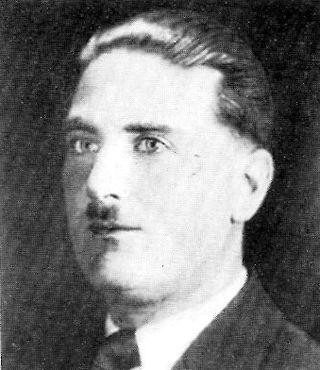
Alfred Arthur Rouse was a British murderer, known as the Blazing Car Murderer, who was convicted and subsequently hanged at Bedford Gaol for the November 1930 murder of an unknown man in Hardingstone, Northamptonshire. Rouse's crime became known as the "Blazing Car Murder" due to the fact Rouse, seeking to fabricate his own death, burned to death an unknown hitchhiker whom he had rendered unconscious inside his car.
Michael Stone was convicted of the 1996 murders of Lin and Megan Russell and the attempted murder of Josie Russell. He was sentenced to three life sentences with a tariff of 25 years for the Russell killings.
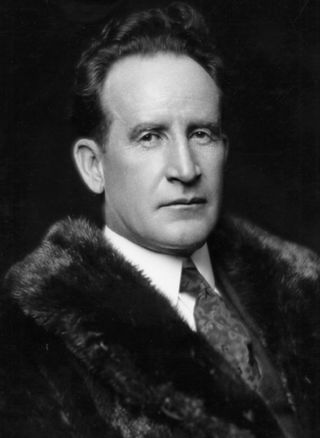
Sir Harry Oakes, 1st Baronet was a British gold mine owner, entrepreneur, investor and philanthropist. He earned his fortune in Canada and moved to the Bahamas in the 1930s for tax purposes. Though American by birth, he became a British citizen and was granted the hereditary title of baronet in 1939.

Sir Edward Richard Henry, 1st Baronet, was the Commissioner of Police of the Metropolis from 1903 to 1918. His time in the post saw the first discussions on the introduction of police dogs to the force, but he is best remembered today for his championship of the method of fingerprinting to identify criminals.

Bevan Spencer von Einem is a convicted child murderer and suspected serial killer from Adelaide, South Australia. An accountant by profession, he was convicted in 1984 for the murder of 15-year-old Adelaide teenager Richard Kelvin, the son of local television and radio personality Rob Kelvin. Von Einem is serving life imprisonment. He was in G Block of Yatala Prison for decades but was transferred to Port Augusta Prison in the north of the state in 2007.

Sir Melville Leslie Macnaghten was Assistant Commissioner (Crime) of the London Metropolitan Police from 1903 to 1913. A highly regarded and famously affable figure of the late Victorian and Edwardian eras he played major investigative roles in cases that led to the establishment and acceptance of fingerprint identification. He was also a major player in the pursuit and capture of Dr. Crippen, and of the exoneration of a wrongly convicted man, Adolph Beck, which helped lead to the creation of the Court of Criminal Appeal in 1907.
Harry Jackson was the first person to be convicted in the United Kingdom via fingerprint evidence.
Robin McKennel Lovitt is a convicted murderer in the U.S. state of Virginia. He was sentenced to death, after being convicted of the November 18, 1998 stabbing murder of Clayton Dicks in Arlington County, Virginia. Lovitt was granted clemency by Virginia Governor Mark R. Warner on November 29, 2005, the day before he was scheduled to be executed by lethal injection at the Greensville Correctional Center.
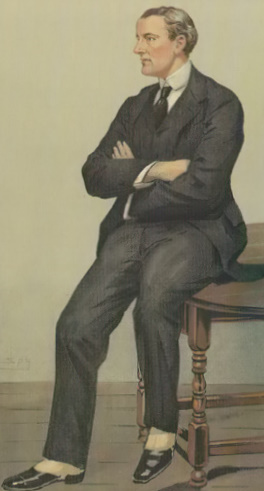
Sir Edward Marshall Hall, was an English barrister who had a formidable reputation as an orator. He successfully defended many people accused of notorious murders and became known as "The Great Defender".
Shirley McKie is a former Scottish police detective who was accused by fingerprint analysis staff of the Scottish Criminal Record Office (SCRO) of leaving her thumb print on the bathroom door frame of a murder crime-scene in Kilmarnock on 14 January 1997. She denied she had ever been in the house of murder victim Marion Ross, but Detective Constable McKie was initially suspended, then sacked, then arrested by Strathclyde Police in 1998, and tried and acquitted in 1999. A scandal subsequently developed because of allegations of misconduct on the part of the SCRO and the police.

Obadyah Ben-Yisrayl is an American serial killer found guilty of committing four murders and acquitted on three other murder charges related to the "Shotgun Killer" spree in Indiana from October 30, 1990, to December 18, 1990.

R v Williams (1913) 8 Cr App R 133 was a 1912 murder in England that took its name from the hood the defendant, John Williams, wore when travelling to and from court. After the murder of a police inspector in Eastbourne, with no witnesses and little forensic evidence, Edgar Power, a former medical student, told the police that his friend John Williams had committed the murder. Power helped the police conduct a sting operation to catch Williams; police also interrogated Williams's girlfriend Florence Seymour, who then confessed to having helped Williams hide the murder weapon.

The Father's Day Bank Massacre was a bank robbery and shooting that took place on Sunday, June 16, 1991, at the United Bank Tower in Denver, Colorado, United States. The perpetrator killed four unarmed bank guards and held up six tellers in the bank's cash vault. An estimated $200,000 was stolen from the bank. Nearly three weeks later, on July 4, 1991, authorities arrested retired police officer James W. King for the crime. The subsequent trial was broadcast nationally on Court TV. After days of deliberation, the jury acquitted King. None of the stolen money was ever found. The crime remains unsolved and is considered a cold case.
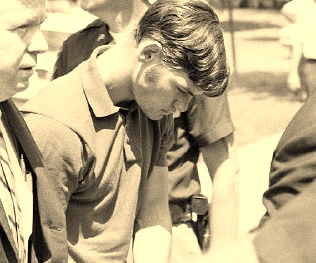
The Michigan Murders were a series of highly publicized killings of young women committed between 1967 and 1969 in the Ann Arbor/Ypsilanti area of Southeastern Michigan by an individual known as the Ypsilanti Ripper, the Michigan Murderer, and the Co-Ed Killer.

The murder of June Anne Devaney is a British child murder which occurred on 15 May 1948 when a girl aged 3 years 11 months was abducted from her cot while an inpatient at Queen's Park Hospital in Blackburn, Lancashire. The child was removed to the grounds of the hospital, where she was raped, before suffering extensive blunt force trauma to her skull when her head was repeatedly swung into a sandstone wall. This assault caused extensive internal injuries and multiple skull fractures, causing the child to develop a fatal state of shock. Her murderer, 22-year-old Peter Griffiths, was arrested three months after the crime and was subsequently tried and convicted of June Anne's murder. He was hanged on 19 November 1948.

Marie Patricia Wilks was a 22-year-old seven-months-pregnant woman who was abducted from the hard shoulder of the M50 motorway and murdered on 18 June 1988. Her body was found two days later dumped three miles up the road, after a witness described having seen a silver-grey Renault 25 car parked there. In 1989, Eddie Browning, who had been driving a silver-grey Renault 25 that day, was found guilty of the murder at trial by a unanimous jury decision. A violent man with previous convictions for assault and having only recently been released from prison for aggravated burglary, Browning had stormed out of his home that day after a violent row with his seven-months-pregnant wife, declaring he was driving to Scotland – a route that would have naturally taken him along the M50. Dozens of witnesses reported seeing a blonde man in a silver-grey C-registered Renault 25 parking by Wilks and then driving off erratically and both the descriptions of the man and the car matched Browning and his vehicle. Several of Browning's friends and associates called in to report Browning as matching the artist's impression of the suspect and he was the only driver of C-registered silver-grey Renault 25s nationwide who could not be eliminated as a suspect, indicating that only he could be responsible. A tyre expert also testified at trial that a skid mark at the place the body was found matched a wheel on Browning's car.
Clarence Hiller was the chief clerk in the freight department of the Chicago, Rock Island and Pacific Railroad. He was murdered in Chicago, Illinois on September 19, 1910. Fingerprint evidence was used to convict Thomas Jennings, marking the first time fingerprint evidence was used for a conviction in the United States. The court case that followed, People v. Jennings, cemented fingerprint evidence as legally valid in the United States.

On 3 June 1991, 21-year-old Alison Shaughnessy was stabbed to death in the stairwell of her flat near Clapham Junction station. Shaughnessy was newly married, but her husband was having an affair with a 20-year-old woman, Michelle Taylor. A witness reported seeing two women running from Shaughnessy's building after the murder, and fingerprints found at the scene matched those of Michelle and her sister Lisa Taylor, who claimed never to have been there. Michelle's diary included an entry that read: "My dream solution would be for Alison to disappear, as if she never existed."
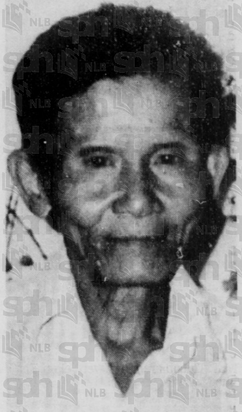
On 2 February 1989, in a coffeeshop in Yishun, Singapore, 65-year-old coffeeshop caretaker Ang Chye was murdered. Three men were arrested for the murder and later acquitted in 1992, and another man was later arrested and convicted of the murder. The three former suspects sued the government and an investigating police officer for false arrest and malicious prosecution; however their claims were dismissed.














